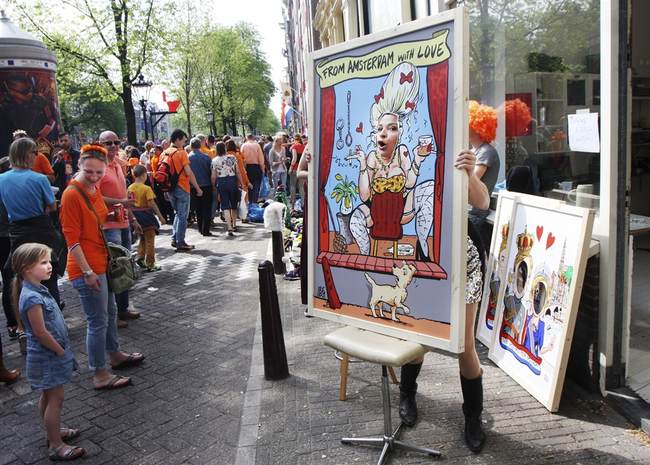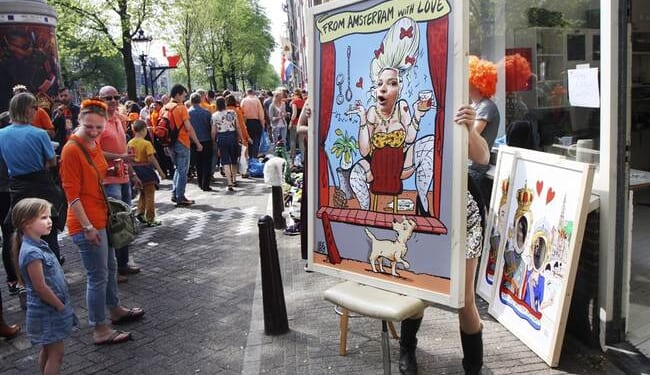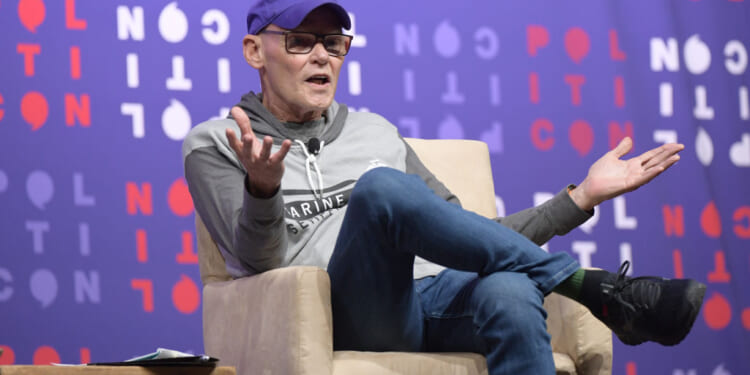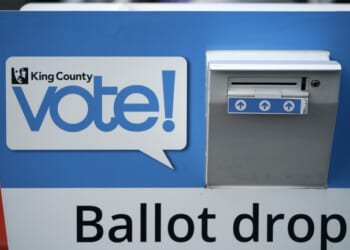
Like a high school pep band after practicing all week, the crowd had the optics down cold: waving signs, rehearsed chants, and flags snapping in the wind.
“No Kings!” they shouted, filling city squares from Washington, D.C., to Chicago. On its face, it was a noble-sounding message, but the more you watched, the more it resembled a movie using the wrong genre tag — less a protest against tyranny and more a well-produced commercial for the Democratic Party.
With prices still high and a government shutdown stretching into a third week, the nation’s political theater troupe invaded the streets, with predictable corners providing glowing reviews. At the same time, the rest of the country wondered what it was really watching.
The Left’s Framing: A Patriotic Uprising
If you had the time and stomach to scan progressive outlets, from The Guardian to NBC News, “No Kings Day” was sold as a modern version of 1776. Writers on the left called it a peaceful stand for democracy, a people’s rejection of authoritarianism. Labor unions trucked supporters in, celebu-tards posted solidarity selfies, and public officials, from Illinois Governor JB Pritzker to former Second Gentleman Doug Emhoff, made cameo appearances during major rallies.
Boasting of thousands, organizers of local events declared “record-breaking” participation in Washington, D.C. It was a self-congratulatory tone, showing, they said, proof that America still had fight left in her.
Chants about liberty mingled with pop-up art shows, drum circles, and costume parades.
Organizers insisted it was democracy in motion, with families, veterans, clergy, and students linking arms in defense of the republic.
This is how the left told the story: peaceful, inclusive, righteous, and even necessary; a warning to would-be strongmen that Americans hadn’t forgotten their founding creed.
The Right’s Reaction: A Political Performance
Meanwhile, conservative America watched a different production. To us, it didn’t feel like a revolution; it was merely a rehearsal. The same groups that decried corporate influence and elite control staged an event that was funded, staffed, and promoted by unions, donors, and media partners who benefit from keeping the spectacle alive.
There were too many gears moving the choreography towards perfection with timing that was way too convenient. The “No Kings” narrative landed exactly as the Schumer Shutdown entered its third week. Presumably, the message delivered was something like “if Congress can’t reopen the government, then we’ll reopen the streets.”
The svelte George Conway, the eponymous Never-Trump mascot, wore a T-shirt that said “I Am Antifa,” an image that crystallized just how blurred the line between satire and self-parody is. At the same time, left-leaning governors stood in line, offering moral weight while the cameras rolled, followed by fundraisers.
What started as a spectacle of grassroots resistance quickly resembled a campaign commercial shot on public property.
To many conservatives, what we witnessed was pure theater, props, lights, and lines all memorized.
A Crown in the Mirror
Carrying obvious historical power, the phrase “No Kings” conjured up images of Jefferson and the Continental Congress rebelling against hereditary rule. Yet, to most of us on the right, the movement’s hypocrisy revealed itself.
The same party, insisting it stands for “the people,” embraced rule by bureaucracy, executive orders, and speech codes that silence dissent. The same activists raging against “authoritarianism” cheer when their preferred leaders begin weaponizing agencies or throttle free expression online.
The irony was almost too thick to ignore if the point was to warn against kings. It was a protest calling itself “No Kings” while bowing before the very institutions craving more power, not less.
The movement wasn’t about monarchy; it was about message control, and that crown fit so neatly atop the heads of those holding the microphones.
Scale, Substance, and the Illusion’s Cost
Media allies did their part by hyping crowd sizes, with some claiming it was the largest protest in D.C. history, but independent verification never followed. Sympathetic outlets even hedged over crowd size. The numbers didn’t matter, though. It’s all about the proper images.
The synchronization was excellent: Television captured aerial shots of properly timed banners, color-coded chants, and pre-approved “spontaneity,” creating a Woodstock-like atmosphere for political consultants, an emotional product aimed at viewers rather than legislators.
In the meantime, real issues such as the economy, border security, and energy independence took a backseat to creative signage and sound bites.
What we’ve been watching isn’t civic engagement; it’s marketing. Every chant, costume, and drone shot served a larger campaign narrative, simplifying it: democracy equals our side; opposition equals danger.
To those on the right, it was less about principle than power retention, something they see as a ruling class terrified of losing control of the story. So, what’s left? Rent out the stage and call it virtue.
Why It Matters Now
Social media loves the left’s rallies, but voters, not views, decide politics. Spectacle doesn’t fix inflation, secure a border, lower grocery bills and gas prices. Even though it might fill a news cycle, it doesn’t fill a fridge.
Stepping back, Republicans see it as a costly distraction, a way of rebranding activism as patriotism while shifting attention away from the shutdown they caused.
Democrats, in contrast, see it as a cultural reinforcement, a moral booster for their base as they head into the midterms. In a sense, both are right; it’s a theater serving politics.
Voters craving honesty see straight through the fog; they’ve watched years of “resistance” branding that ends in fundraising emails and not much else.
When movements become marketing campaigns, authenticity dies.
Final Thoughts
In what was supposed to be a moment of unity, “No Kings Day” echoed the right’s affirmation that America belongs to the people. That was the ideal.
What unfolded instead was a political costume ball, where actors wore moral urgency, but the script was pure campaign strategy, no matter what.
If the goal of Democrats was to show moral courage, they fell short. They ended up revealing something far more ordinary: the machinery of modern politics dressing itself as a revolution..
The goal, according to Democrats, was showing moral courage; yet they ended up revealing something far more mundane: modern political machinery dressing itself as something revolutionary.
It may have led to a show of extraordinary measures, but when the lights go out, we’ll see who still believes the performance actually changed anything.
Crowds may move cameras, but only convictions move countries.
Help us continue to report the truth about the Schumer Shutdown. Use promo code POTUS47. Click here to get started.








